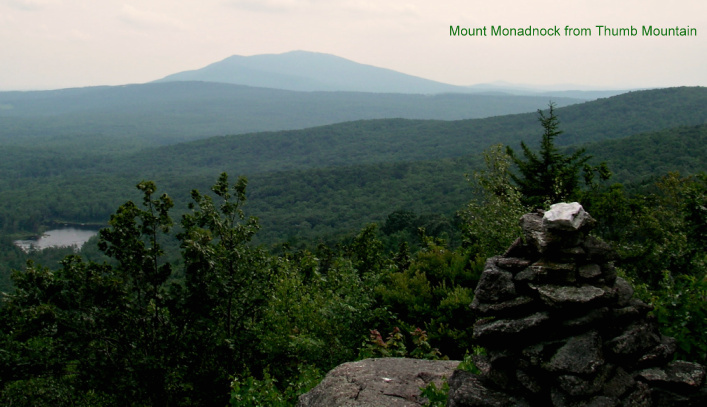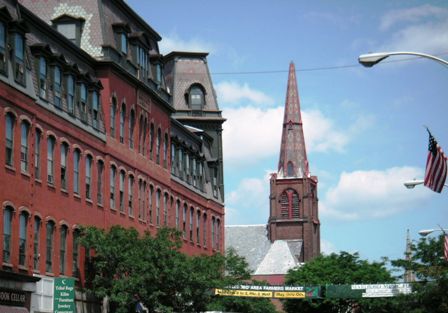|
the Constitution (ch 3)
In addition to Ch. 3, read the Constitution of the United States (pp. 107-120 in Coleman et al.)
Points to ponder:
-
Recall that It is useful to distinguish between several c words, Constitution, constitution, and constitutionalism.
-
Coleman et al. (84) compare the US constitutional system of separated institutions sharing powers with parliamentary systems; for more, recall the pages on constitutional arrangements, introduced earlier.
- It is useful to introduce a distinction between “formal” and “informal” mechanisms for constitutional change. Formal constitutional changes occur when the Constitution is amended, as has been done 27 times in US history. Informal constitutional changes occur when the system of government, the constitutional system, is altered by laws or practices. The 18th amendment which prohibited the “manufacture, sale, or transportation of intoxicating liquors” is an example of formal constitutional change (as is the 21st amendment which repealed prohibition), while the development of political parties, which has been of tremendous importance in US political development even though they are not mentioned in the Constitution, is a case of informal constitutional change. In addition, the Constitution, or at least the authoritative interpretation of it, may change as a result of Supreme Court rulings (for example, in Brown v Board of Education of Topeka [1954] the Supreme Court reversed its position on the constitutionality of "separate but equal" facilities from that which it had taken in Plessy v Ferguson [1896]).

Hiking through the US Constitution: Follow the blazes to vistas that should be emphasized in the US Constitution (this does not take the place of a careful reading of the entire document)
 |
The preamble ("We the People...do ordain and establish") is nice sentiment but the courts have ruled that it is non-justiciable, that is, one cannot sue the US government for failing to provide one with domestic tranquility or any of the other nice things the founders hoped to see occur under the document.
|
 |
The first several sections of Article I set out the essential function of Congress (law-making), the composition of the House of Representatives and Senate, the method for choosing representatives and senators (the selection process for senators having changed with the 17th amendment), the qualifications for these offices, the responsibility of the House and Senate for choosing their leaders (and here the vice president is mentioned) and managing their internal affairs, provisions for pay (note the 27th amendment), and the bar (I.6.2) to simultaneous service in Congress and another civil office, which enforces the separation of legislative and executive duties.
|
 |
Article I section 7 spells out the essentials of how a bill becomes law, as well as the way the president might veto legislation.
|
 |
The express legislative powers are given in I.8.1 through I.8.17 which might be considered in light of the limited powers given under the Articles of Confederation. Of special note is 1.8.18 which gives Congress the power to "make all laws which shall be necessary and proper for carrying into Execution the foregoing Powers, and all other Powers vested by this Constitution...," the so-called "necessary and proper" or "elastic" clause which does not give Congress the power to do whatever it wants but does provide a basis for using express powers as a foundation for extending the reach of Congress (the classic case is McCulloch v Maryland [1819] which is described in Ch. 4).
|
 |
The flip side of the express powers of Congress is a listing (Article I, section 9) of the things that Congress may not do.
|
 |
The legislative power of the US Congress is also clarified by Article I section 10 which stipulates certain legislative powers that are denied to the states, barring states from exercising certain powers they exercised under the Articles of Confederation and which, the founders believed, resulted in situations necessitating a new constitutional system.
|
 |
The qualifications and selection process for president and vice president are given in II.1 (though some of these provisions have been altered through amendments 12, 20, 22, 23, and 25), as is the statement (II.1.7) that the president's pay shall be neither increased nor decreased during his term.
|
 |
The powers of the president, much fewer than set out for the legislative branch, are given in II.2 but note that--even as he is checked by Congress--those legislative powers require execution by the president.
|
 |
Note in II.3 that the president "shall take Care that the Laws be faithfully executed," a general responsibility that is of considerable significance and undergirds presidential claims to prerogative power (about which more when we consider the presidency).
|
 |
Article III on the Supreme Court, and "such inferior Courts as the Congress may...establish" is remarkably close-mouthed about the powers of the courts and significantly does not explicitly include provisions for judicial review.
|
 |
The shift from the Articles of Confederation to the Constitution in the relative power of states as against the national government of the United States is unambiguously established in Article IV (and also recall I.10).
|
 |
The alternative processes for proposing and ratifying amendments to the Constitution are given in Article V; is it just happenstance that all amendments have been proposed by Congress and that the second method provided--a convention called by two thirds of the states--has never been exercised?
|
 |
Article VI looks to be pretty boring, an assortment of odds & ends, except for the dynamite second clause, otherwise known as the "supremacy clause."
|
 |
The procedure for ratifying the Constitution is in Article VII: the Constitution was adopted as soon as nine states ratified the document, and the other four states were outside of the union until they did so as well.
|
 |
The amendments subsequently ratified are integral to the Constitution and have the same force as the seven articles.
|
 |
Amendments 1-10 are commonly known as the Bill of Rights, but some sticklers insist that that term properly refers only to the first eight amendments; the first eight amendments can be, perhaps, best read in light of British abuses of power (recall the Declaration of Independence as an indictment).
|
 |
The ninth amendment was added to deal with the worry that certain rights other than those guaranteed in the first eight amendments might be challenged: for example, there is no explicit right to privacy in the Constitution (though the general idea is certainly suggested by the fourth and other amendments) and so it might be argued that US citizens have no right to privacy; the ninth amendment was used in a Supreme Court case (Griswold v Connecticut, 1965) which threw out, on right to privacy grounds, a state ban on the use of contraceptives by married couples, a line of argument that led to the abortion decision of Roe v Wade in 1973.
|
 |
Since the ratification of the first ten amendments in 1791, the Constitution has been amended only 17 times, about once every 13 years, a testament to the obstacles the founders placed against changing the fundamental law governing the US political system; on the other hand, as shall be seen, the constitutional system can also change through judicial interpretation and through the development of various practices and policies. |
Questions to consider:
1. Is there anything peculiar about the way in which elections to the US House of Representatives, the US Senate, and the presidency are structured in terms of who does the electing and when they do so? Explain. And what are the likely effects?
2. How does the US constitutional system limit the power of citizens?
3. Why is "separated institutions sharing powers" a better description of the US constitutional system than "separation of powers?"
4. The US has had two Constitutions (right?). Why did we get a second one? Why have we not had a third?
5. All of the amendments to the US Constitution have come about because the House and Senate have proposed them. There has never been a constitutional convention since the ratification of the basic document in 1797. Some people think this is no accident. What might Congress have to fear from a constitutional convention?

One of the views where the Harris Center blazes lead
|



